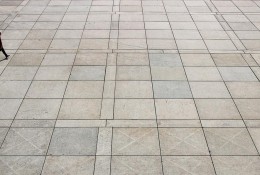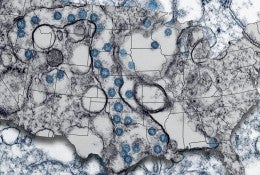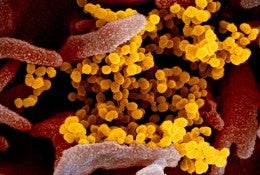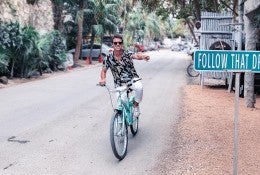Urban Edge
Here’s what our cities will look like after the coronavirus pandemic
Editor’s note: This is the first of two posts exploring the long-term effects the COVID-19 crisis will have on the American city. Once we get through this, cities as we know them will be changed forever.

During the pandemic, we can keep our distance while looking after one another
As a stay-at-home order takes effect for residents of Houston and Harris County, the importance of social solidarity and working together for the common good become even more crucial to protecting our most vulnerable neighbors.

Report: Texas moves to No. 39 on list of most aggressive states in combating COVID-19 (update)
The state, which ranks 31st in population density, has moved up to No. 38 in tested cases of COVID-19 per capita — it was previously last. It remains 48th in total public health emergency preparedness funding per capita.

To slow the coronavirus in Houston, we should ‘hunker down’ and hope for a controlled crash landing
An infectious disease expert from Rice University talks about the good, the bad and the future effects of our response to the coronavirus pandemic.

Sharing the road isn’t radical thinking. Let’s slow down and consider the possibilities.
All day long, cars and trucks speed down Rushmore Boulevard, a high-traffic roadway that separates a pair of lifelong friends in the book “The Busiest Street in Town.” That is, until they decide to take matters into their own hands to slow the traffic and make the street safe for everyone. It may be a children’s book but the story doesn’t have to be a fairy tale.

Physical Address
Rice University
Kraft Hall
6100 Main Street, Suite 305
Houston, TX 77005-1892
